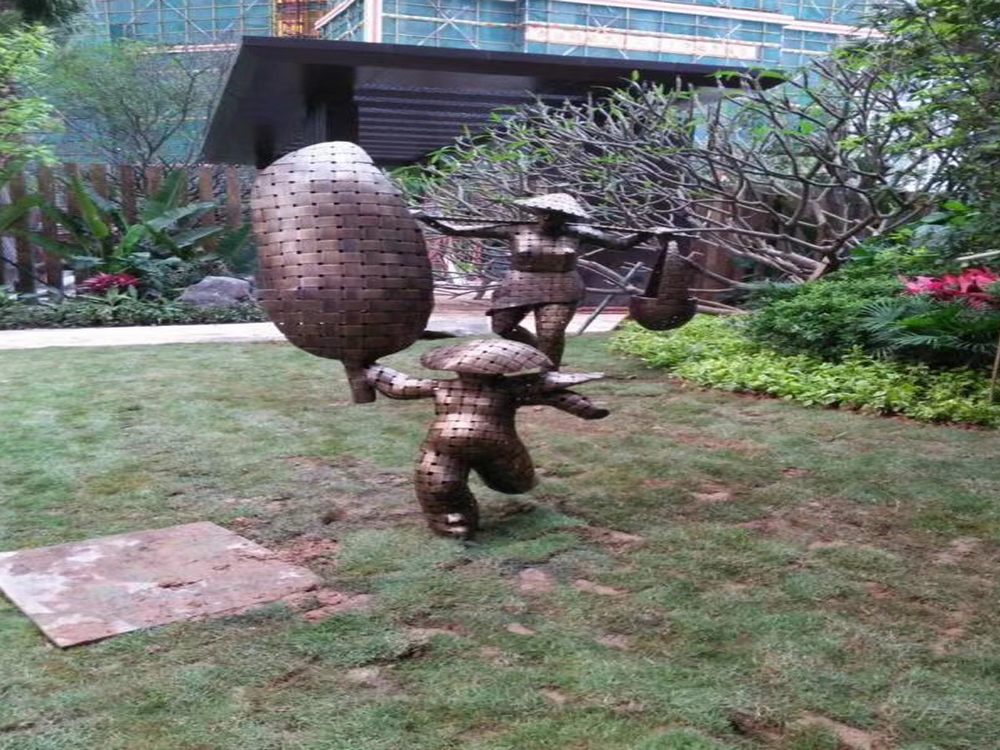
Metal sculptures have long been a dynamic medium for artists to engage with contemporary social and political themes, offering a tangible and often provocative commentary on the world around us. The durability and malleability of metals like steel, bronze, and aluminum allow artists to create works that are both visually striking and deeply symbolic, reflecting the complexities of modern society.
One way metal sculptures address social issues is through their subject matter. Artists often depict figures or scenes that highlight inequality, conflict, or resilience, using the medium's strength to underscore the permanence of these struggles. For example, a sculpture of a fragmented human form might represent the fractures in societal cohesion, while a towering, abstract piece could symbolize the weight of political oppression.
Politically, metal sculptures can serve as silent yet powerful protests. The choice of materials—such as repurposed industrial metals—can critique consumerism or environmental degradation, while the juxtaposition of rigid and fluid forms might comment on the tension between freedom and control. Artists like Richard Serra and Ai Weiwei have famously used metal to challenge authority and spark dialogue.
Techniques like welding, casting, and etching further amplify these themes. The visible seams in a welded piece might symbolize societal divisions, while a polished, reflective surface could invite viewers to see themselves within the narrative. By manipulating metal's physical properties, artists transform cold, hard materials into emotive statements.
Ultimately, metal sculptures bridge the gap between art and activism, inviting viewers to confront uncomfortable truths. Through their innovative use of form and material, artists not only capture the zeitgeist but also inspire reflection and change, proving that art is as much about questioning as it is about creating.

